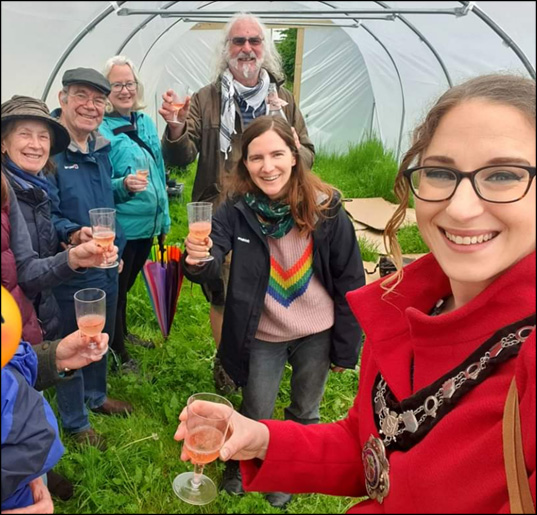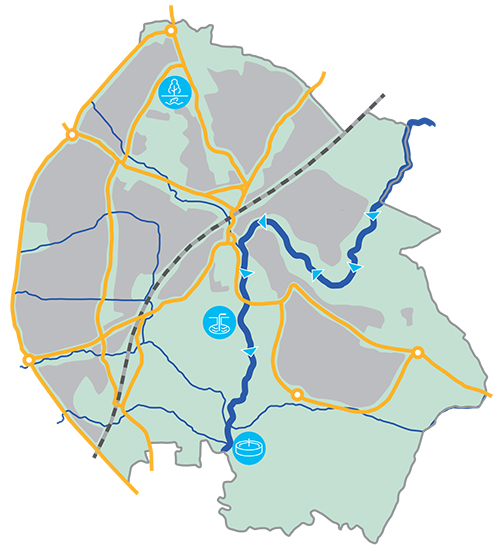Funding has now been awarded to the following grassroots groups and charities to help them tackle environmental and social issues.
Chippenham Community Hub
5,000 to help with the cost of upskilling the manager and volunteers to provide better information and signposting during the cost-of-living crisis.
Ivy Wildlife Garden
£1,650 to go towards running costs and engaging with local schools, community groups and residents around water use and conservation.
Kandu Arts Community Project CIC
£8,470 to support a programme of workshops and wider community engagement to raise awareness of water use and conservation amongst young people.
Rooted Chippenham
£4,000 to help install several rainwater harvesting methods to save water, help provide local produce and reduce reliance on mains water.

Zero Chippenham
£4,000 to support a series of public workshops to provide information and encourage water saving, energy efficiency measures and climate change mitigation.
Wiltshire & Swindon Sports Partnership (WASP)
£10,000 to help the local GP network share an interactive map of activities in Chippenham to aid signposting and reduce reliance on prescription drugs. This will help to limit the volume of pharmaceuticals entering the watercourse.
Bristol Avon Rivers Trust (BART)
£2,500 and £1,800 to support two separate projects (Yellowfish Project and Riverfly Monitoring Project) which both aim to have a positive environmental impact on rivers.




Social impact
Raising awareness about the support we offer
We have informed several social support and community groups about the tariffs and support packages we offer to customers who are struggling with their bills. This has enabled them to train their own volunteers and staff so that the community is more widely informed about the range of support available.
Creating an educational map for schools
Alongside our year-round education service, we have created a bespoke education pack with information about the local area using an illustrated map. The map identifies our assets, such as reservoirs and waste treatment centres, along with local points of interest, wildlife and information about the community’s level of water use and wastewater volumes.